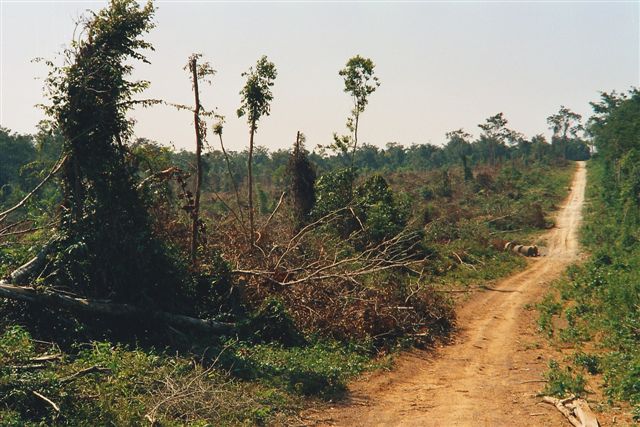Vientiane Times | 14 January 2011

The Lao agriculture and forestry sector is trying to attract more domestic and foreign investors for rice, commercial crop and livestock promotion projects to help local farmers shift from subsistence-based to commercial production.
In the past investors have mainly focused on industrial plantation projects such as rubber, agar-wood and eucalyptus, Minister of Agriculture and Forestry Mr Sitaheng Rasphone said at a meeting this week.
“At present, we have approved domestic and foreign investment worth US $1.5 billion, covering more than 300 projects, which are implemented under land concession agreements and farming contracts,” he said.
Mr Sitaheng said the projects that have been approved or are under consideration cover 430,000 hectares of land, and there are still many investment proposals in the pipeline.
Rubber plantations currently see the most investment, with 143 projects currently being implemented on almost 200,000 hectares of land. Foreign investors account for 83 of these projects, worth US$577 million and covering 150,000 hectares of land, said Mr Sitaheng.
There are currently 30 eucalyptus plantation projects in progress, worth US$725 million and covering 140,000 hectares of land, he explained.
He said that the number of major agriculture projects in the country is significantly less. For instance, there are only two sugarcane plantation projects, covering 20,000 hectares of land, which produce sugar for export.
For Laos' untapped agricultural potential to be realised the sector requires more investors.
To guarantee Lao food demand is met, the ministry plans to allocate more land for crop production, Mr Sitaheng said.
Rice is still the top commercial crop supplied to domestic markets, accounting for 65 percent of domestic produce, while export products include coffee, sweetcorn and beans, he said.
This year, the government, through the ministry, plans to encourage farmers to produce rice, coffee, sweetcorn, cassava and sugarcane for export to neighbouring countries, worth US$59 million, an increase of 60 percent compared to 2006 .
“If we are able to encourage further investment in commercial crops, Lao farmers may be able adopt modern farming techniques, reducing the workload of their jobs and earning them more income,” he said.
The number of Lao farmers now using modern machinery in their production is still low despite the provision of free agricultural products and equipment imported from neighbouring countries.
Only 30 percent of farmers are using machines, with 25 percent using tractors, and 15 percent using harvesting machinery.
In the last five years, 80 percent of all funding in the agriculture and forestry sector has come from abroad.
This investment comprises 106 projects, worth about US$290 million, according to a report from the ministry's Planning and Investment Department.
Officials believe that over the next five years, assistance from abroad will continue to increase.












